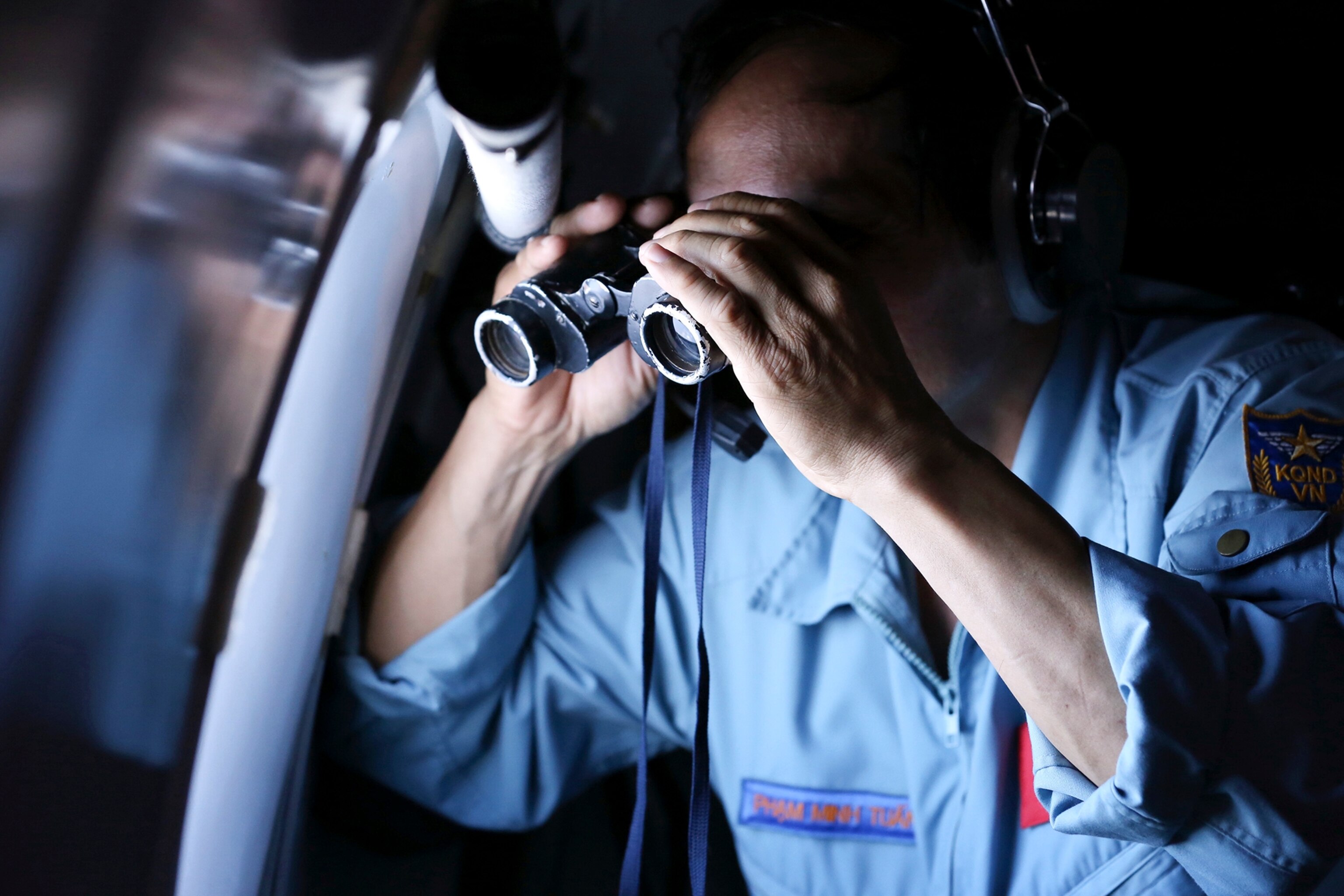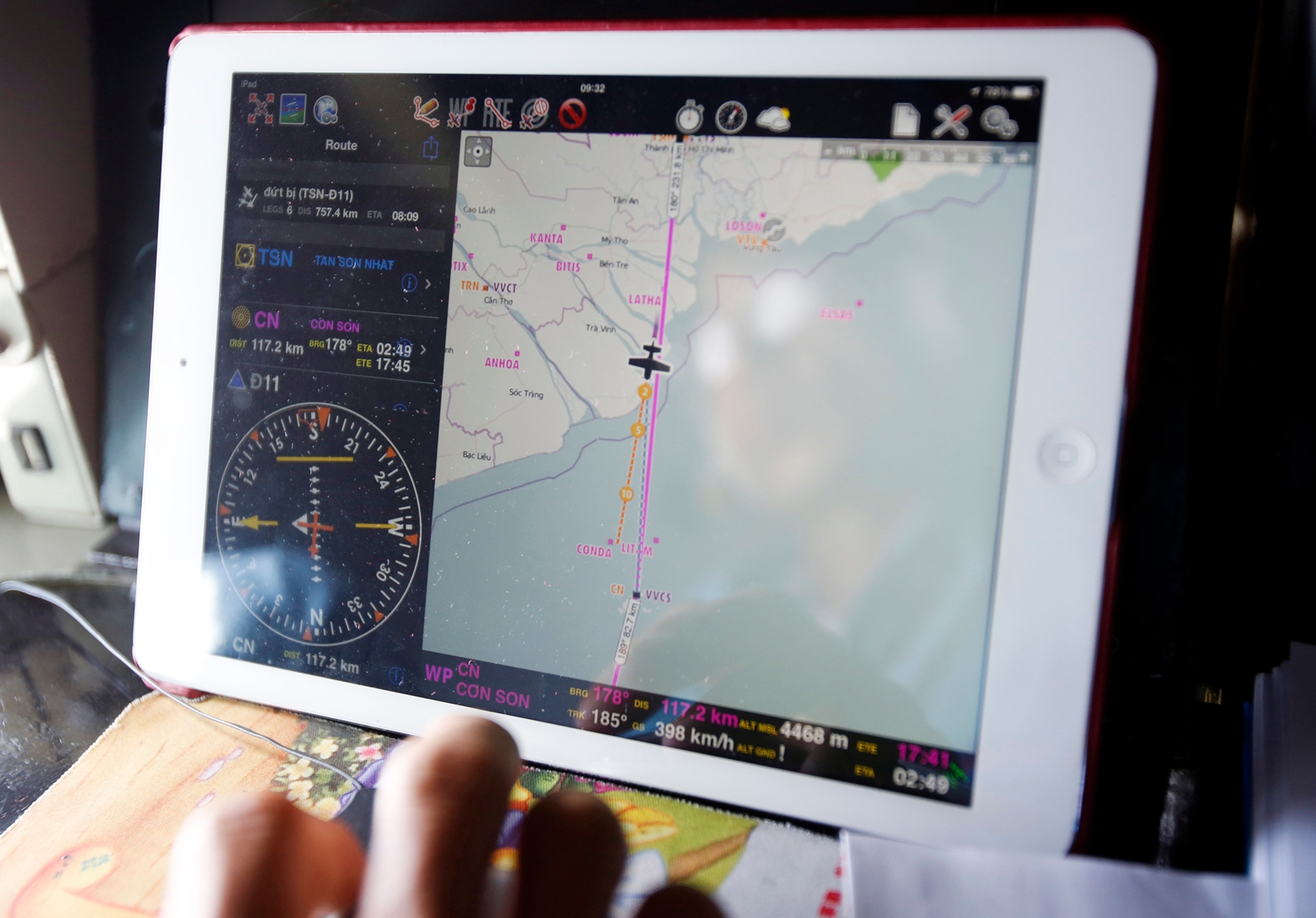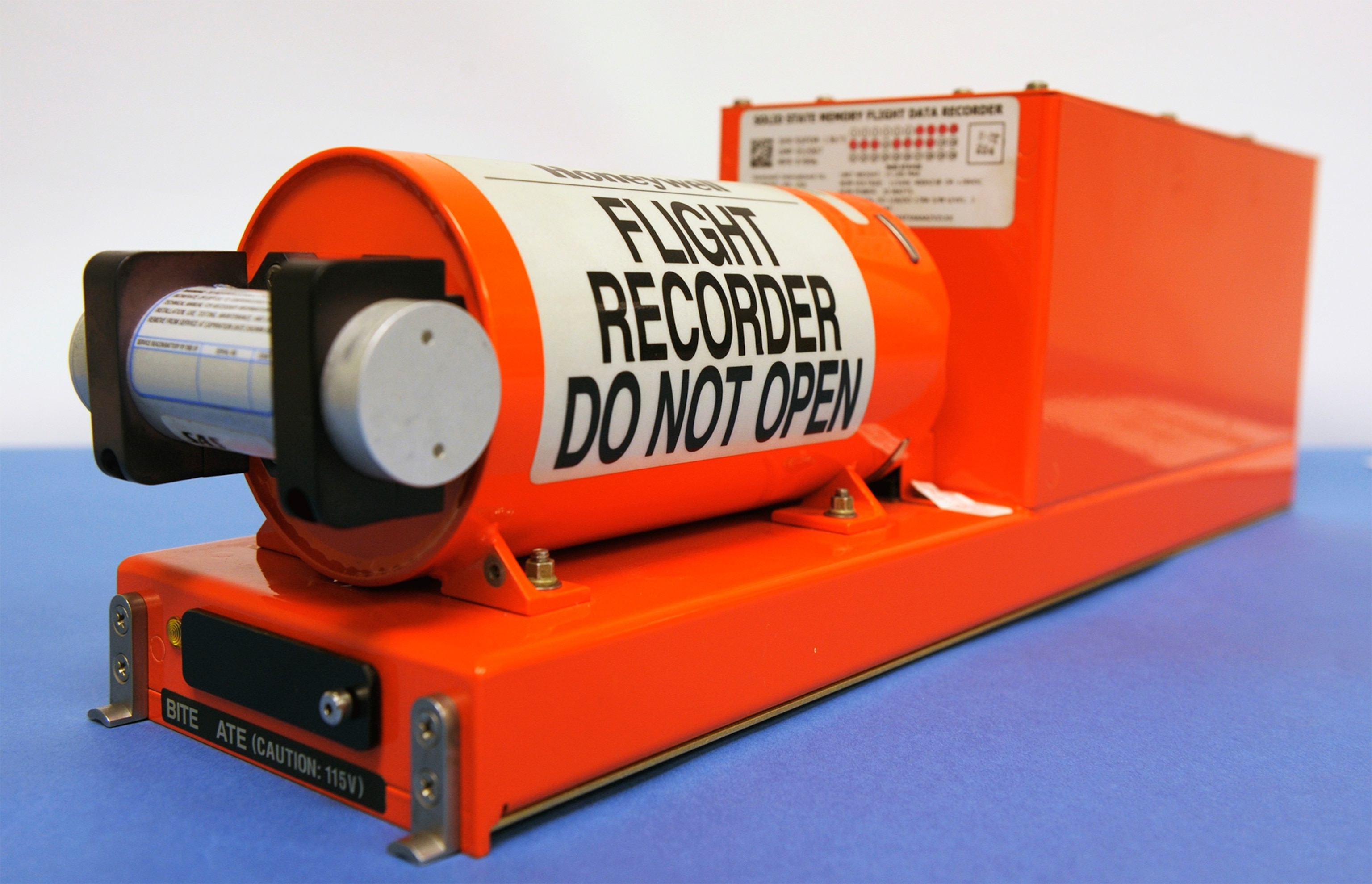
Missing Malaysian Plane Spotlights 4 Ways Aircraft Talk to the Ground
The most critical information is locked up in the aircraft's black box.
Mysterious disappearances of airplanes belong to age of Amelia Earhart. And yet a 250-ton jumbo jet equipped with space-age systems has been missing for six days. That's because the most critical information about the Boeing 777's flight path and operating systems are locked up in the flight data recorder, or black box, on the missing plane.
As up to a dozen nations expand their search over nearly 27,000 nautical miles, aviation experts question whether it's time to change how planes talk to the ground. Some say that rather than storing flight data onboard, modern aircraft should be transmitting information in a continuous stream during flight.
"In a perfect world, you would do it," says Michael Barr, who teaches aviation accident investigation at the University of Southern California in Los Angeles. But the time to address the issue is not in the heat of the moment, while the fate of the 239 people onboard Malaysia Airlines Flight 370 hangs in the balance. (See: "Why It's Taking So Long to Find Missing Malaysia Airlines Plane.")
For now, there's only a handful of ways aircraft communicate with the ground. Each of these ways has pointed searchers in different directions—adding to the confusion about the plane's whereabouts. The four main methods of communication are:
1. Transponders
All commercial aircraft are equipped with transponders that emit a signal in response to an interrogating signal from air traffic control. Transponders allow each plane to be identified with a unique four-digit code that enables controllers to track the aircraft's speed, altitude, and direction.
In the case of Flight 370, the transponder stopped working about 40 minutes into a flight from Kuala Lumpur to Beijing, leading officials to believe the plane went missing over the South China Sea. Investigators are unsure whether the transponder was deliberately turned off or whether it failed as a result of a catastrophic loss of the plane's electrical systems.

2. Radar
Even without a transponder, ground radar, also known as primary radar, can track an aircraft's flight path, but it cannot identify specific planes. It was primary radar that allowed the Malaysian military to pick up a plane flying west from Kuala Lumpur toward the Malacca Strait about an hour after Flight 370 disappeared from air traffic controllers' screens.
When the Malaysian military suggested that this radar signature corresponded to the missing plane, the search was broadened to waters on the west side of the Malay Peninsula. Officials have since backed away from that suggestion and asked experts from the U.S. National Transportation Safety Board and the U.S. Federal Aviation Administration to help them interpret the radar signatures.
Air traffic control radar is not always available on long-distance ocean flights, when pilots maintain contact with controllers and airlines operations staff using high-frequency radio.
3. Onboard Computers
Data monitoring systems track performance of airplane systems and transmit small amounts of data, such as fault codes, to airline ground personnel, says Marc Birtel, a Boeing spokesperson. Airlines also use onboard sensors and live satellite feeds to track engine performance during flights so that maintenance crews can be prepared to make repairs more efficiently by ordering parts ahead of time or rerouting the planes to maintenance bases with engine repair facilities.
The Wall Street Journal reported Thursday that engine data from the missing Malaysian plane indicated it may have flown for four hours after it dropped off air traffic control radar. If true, that report would widen the target search area even more. But Malaysian government and airline officials have denied the report that the engines continued to operate. The Guardian reported that Malaysian defense and acting transport minister Hishammuddin Hussein told reporters at a briefing Thursday that both Boeing and Rolls-Royce—the engine's manufacturer—said the final transmission from the aircraft was at 1:07 a.m. last Saturday.
"If the [Wall Street Journal] report is true," USC's Barr says, "this whole event just left reality and went into the Twilight Zone."

4. Black Boxes
If only searchers had access to the comprehensive information collected by modern flight data recorders, or black boxes, there'd be no mystery about Flight 370's whereabouts; the data includes GPS positioning. That's why some argue that black boxes should transmit data continuously to the ground via satellite in real time during flight.
After an accident, black boxes often allow investigators to discover the cause as soon as the data are downloaded and interpreted in a lab. That saves the huge expense of recovering wreckage. In 1996, information from flight data recorders solved a pair of ocean crashes involving Boeing 757s, one off Peru and the other in the Caribbean. In both cases the wreckage was left on the seafloor.
The black boxes are equipped with pingers, which activate when a plane is submerged in water. The pingers emit a sound that makes them easier to locate using sonar. Planes also have an emergency beacon that sends out a radio frequency if the plane crashes on land.
The debate over streaming data versus storing it heated up in the wake of the 2009 crash of Air France Flight 447 into the deep Atlantic on a flight from Rio de Janeiro, Brazil, to Paris, France. The black boxes contained enough information to solve the case. But it took more than two years to find them. By then, the pingers, which operate on a battery that lasts 30 days, had long fallen silent.
The airlines have resisted taking that step, arguing that streaming data via satellite from millions of flights worldwide every year would be hugely expensive, especially since airline crashes occur so rarely.
"It is going to take a very long discussion about whether it's worth it," Barr says. "If we stream data down 100 percent of the time, are we going to build a system for the [once in a] 1,000-year accident? Is that cost effective? To put it another way, are you going to build dikes around a city to protect it from the 500-year flood? Morally, you'll say yes. [But] are you going to spend $10 million on a small town for that?"







